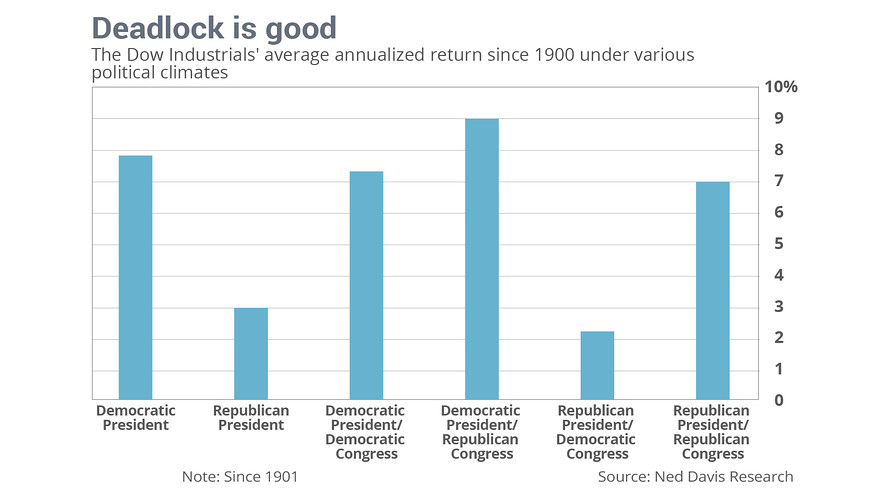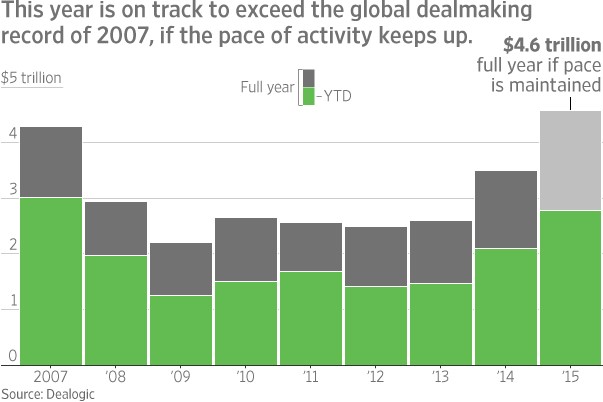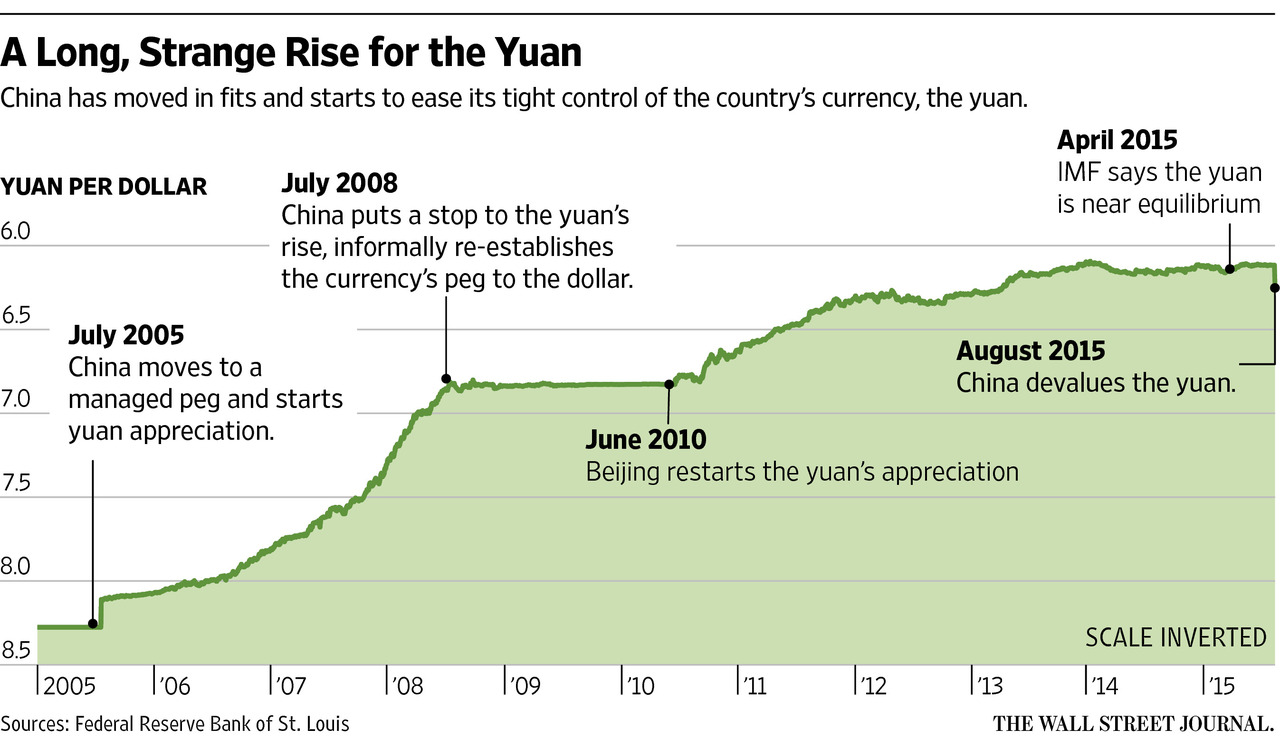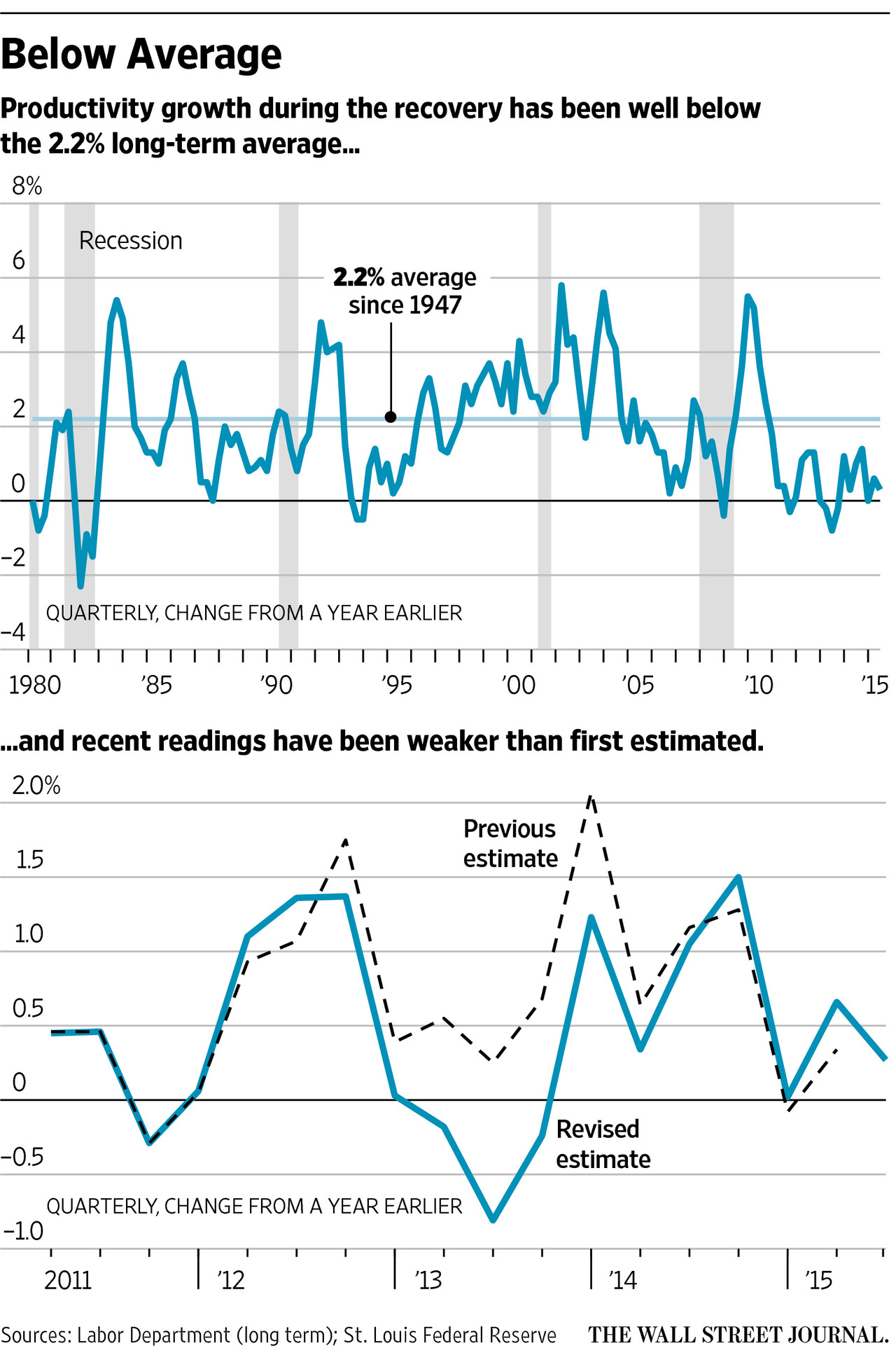On Wednesday, the Federal Reserve (Fed) decided to maintain rates at their current level. More importantly, the Fed’s forward-looking expectations for rate increases (the dots) have gone from forecasting, just a couple of months ago, four rate increases in 2016, to yesterday’s forecast of just two rate increases. Interestingly enough, when the Fed raised rates in December, and targeted four increases for 2016, the futures market was predicting only a 50 bps rate rise this year, which is now what the Fed is targeting.
Currency markets quickly reacted, as the US dollar weakened, and other markets digested the news. Beyond the markets’ short term reaction, the slowdown in rate hikes raises concerns in the long term about how much dry powder the Fed and other central banks have at their disposal, given the state of the world economy. The truth is, economic growth has been slow since the massive injection of liquidity post the credit crisis, with annual GDP growth in America averaging around 2% since June of 2009. With so much liquidity injected into the system for so little an increase in economic output, the question becomes: What can central banks do if we enter another recession, considering rates are at record lows and trillions of dollars/euros/yen have already been printed?
Interestingly, Bank of America Merrill Lynch recently released a survey of fund managers in which 59% believe we are nearing the end of the game in terms of world economic growth. The signs are starting to emerge: a rapid decrease in commodity prices; concerns in the credit markets; and increased equity market volatility. Although asset prices quickly inflated after the credit crisis of 2008 due to a large injection of central bank liquidity, economic growth has not been as robust. This has exacerbated a number of social issues, ranging from increasing the wealth disparity (those with exposure to risky assets in 2009 have become much wealthier while those without continue to struggle) to reducing cash flow to older Americans who rely on “clipping coupons” to fund their retirement income needs. To paraphrase Winston Churchill, never has so much liquidity been used by so many central banks to benefit so few people. Economic growth has been slow, the wealth disparity has increased, and the reflation of asset prices has had the biggest benefit for those who already are wealthy.
In addition to these social ramifications, there is real concern over how much dry powder central banks have to fight the next recession. If we are nearing the end of economic growth, what options will they have to prop up the economy? This is a real concern, and is why some investment professionals have been lowering their long-term forecast of stock market growth. No matter how much liquidity you place in the system to re-inflate assets, stocks need economic growth for long-run appreciation. The question is: Will central banks have the tools to stimulate the economy if we slide into a recession? Many investors are concerned they will not, and that should concern us all.






